Nails are often seen as merely a cosmetic aspect of our appearance. However, they can provide invaluable insights into our overall health. The condition of your nails can reveal information about your nutritional status, potential health issues, or even lifestyle factors. In this article, we’ll explore the various signs your nails might be trying to communicate, helping you better understand your body’s often-overlooked signals.
The Basics of Nail Anatomy
Before diving into what various nail conditions might indicate, it’s essential to know a bit about nail anatomy. Nails are made of a tough protein called keratin, and their health can be influenced by numerous factors, including diet, environment, and overall health. Healthy nails typically appear smooth, with a uniform color and texture. Any deviations from this norm can be a potential red flag.
Signs Your Nails Are Trying to Tell You Something
1. Brittle Nails
Signs: Nails that split, chip, or break easily.
Possible Causes: Brittle nails can be caused by excessive exposure to water, harsh chemicals, or low humidity. They may also signal underlying issues such as hypothyroidism or vitamin deficiencies (especially biotin and vitamins A and C).
2. Discoloration
Signs: Yellow, green, brown, or even white spots on the nails.
Possible Causes: Yellowing nails might suggest fungal infections, smoking, or certain medications. If your nails turn a bluish hue, it could indicate insufficient oxygen in the blood—a potential sign of respiratory issues. White spots can result from minor injuries, while a broader whitening might signify systemic health concerns, such as liver or kidney problems.
3. Ridges and Grooves
Signs: Vertical or horizontal lines on your nails.
Possible Causes: Vertical ridges, which can become more pronounced with age, may indicate nutrient deficiencies. Horizontal lines, known as Beau’s lines, can be a sign of trauma to the nail or serious health events, such as infections or malnutrition.
4. Pitting
Signs: Small dents or pits on the nail surface.
Possible Causes: Nail pitting is commonly associated with psoriasis, but it can also appear with other skin disorders or underlying conditions such as alopecia areata or inflammatory arthritis.
5. Nail Separation (Onycholysis)
Signs: Nails begin to lift from the nail bed.
Possible Causes: This condition may accompany fungal infections, hyperthyroidism, or trauma. It can also be a sign of allergic reactions to nail products or harsh chemicals.
6. Clubbing
Signs: Nails curve downward and the fingertips enlarge.
Possible Causes: Nail clubbing is often associated with chronic lung diseases like cystic fibrosis, as well as heart conditions and other systemic issues. It’s essential to consult a healthcare professional if you notice this change.
7. Hangnails and Cuticle Health
Signs: Hangnails are small pieces of skin that tear near the nail.
Possible Causes: Hangnails may result from dry skin, excessive handwashing, or nail biting. Healthy cuticles are crucial, as they protect the nail matrix from infections. Neglecting cuticle care can lead to painful infections known as paronychia.
8. Nail Thickness Changes
Signs: Nails become excessively thick or thin.
Possible Causes: Thickening nails can be a sign of fungal infections or conditions like psoriasis, while thinning nails may indicate nutritional deficiencies or chronic health issues.
Taking Action
Understanding the signs and symptoms linked to your nails can empower you to take charge of your health. Here are some steps to keep in mind:
- Maintain Good Hygiene: Regularly clean and trim your nails.
- Moisturize: Use hand creams and cuticle oils to keep nails and surrounding skin hydrated.
- Balanced Diet: Ensure you’re getting enough vitamins and minerals. Foods rich in biotin, protein, and omega-3 fatty acids can promote nail health.
- Limit Exposure: Protect your nails from harsh chemicals, excessive water, and extreme temperatures.
- Consult a Professional: If you notice any significant changes, it’s wise to consult a healthcare professional for a thorough assessment.
Conclusion
Your nails can serve as a window into your overall health, giving you important clues about your nutritional status and potential health issues. By paying attention to these signs and taking proactive steps, you can ensure that both your nails and your health are in optimal condition. Remember, it’s always better to address issues early, so don’t hesitate to seek professional advice if you notice any concerning changes.



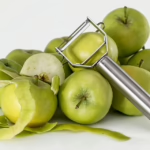











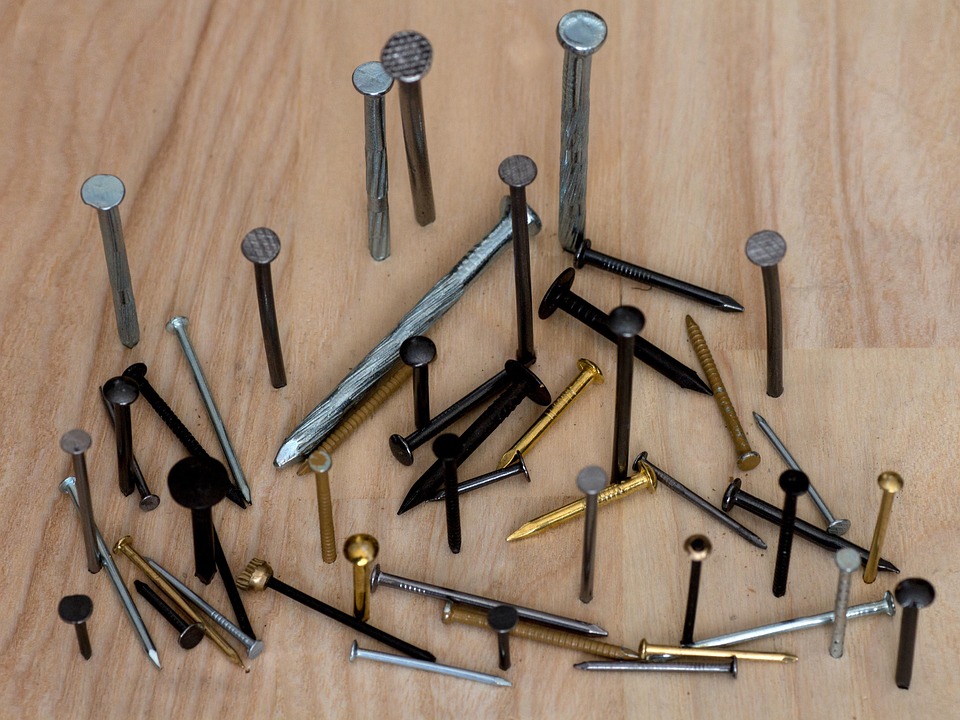
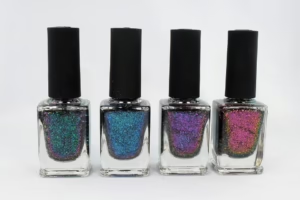
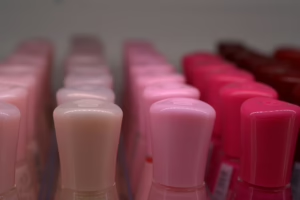
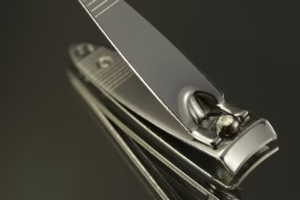
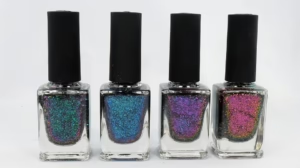
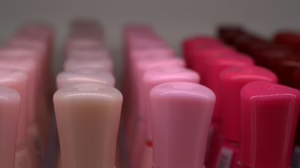
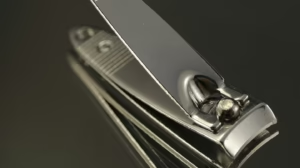




Add Comment